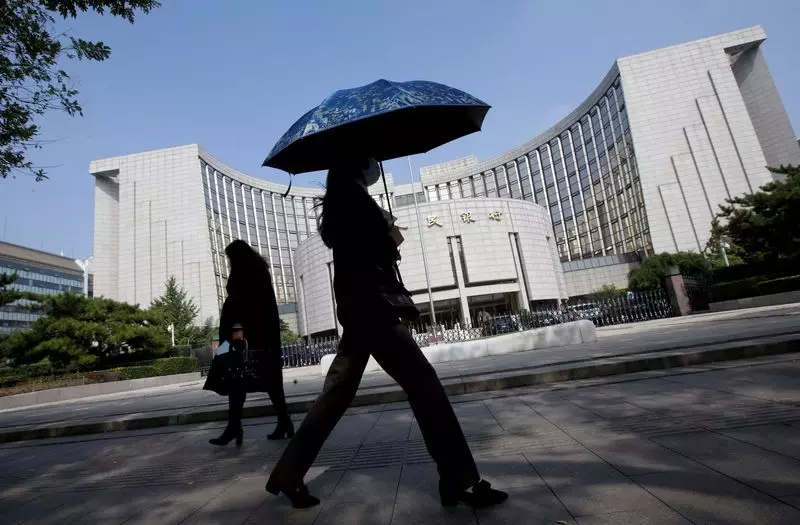China’s recent decision to maintain its benchmark lending rates has sparked significant discussions among economists and market analysts. This move, which defied widespread expectations for a reduction in light of the Federal Reserve’s aggressive interest rate cuts, underscores a complex interplay of internal economic conditions in China and external global economic trends. As we delve into this topic, it becomes evident that this decision reflects not only the immediate economic landscape but also the broader implications for China’s financial system and its delicate balancing act against foreign monetary policies.
On Friday, China announced that the one-year loan prime rate (LPR) would remain unchanged at 3.35%, with the five-year LPR also held constant at 3.85%. This move was surprising to many, as a significant number of analysts had predicted that the central bank would align itself more closely with the Federal Reserve’s strategy. In a recent survey of market participants, approximately 69% anticipated a cut in both lending rates, highlighting the pressure on Chinese policymakers to bolster an economy that has shown signs of considerable strain.
The rationale behind the decision to maintain the current rates appears multifaceted. While there is a clear need for monetary easing to stimulate growth, particularly in light of a string of disappointing economic indicators, the central bank is weighing the potential risks associated with further lowering the rates. The principal concern lies with the yuan’s stability and the broader implications of monetary divergence from major economies like the United States.
The urgency for stronger stimulus measures is palpable within the Chinese economic framework. Recent data indicates that key economic activities, including credit lending, have not merely underperformed but have prompted a reevaluation of growth projections for 2024. With numerous global brokerages scaling back their growth forecasts to below the official target of approximately 5%, the Chinese government faces mounting pressure to adjust its economic policies to foster a recovery.
President Xi Jinping’s recent directives to officials, urging them to prioritize economic and social development goals, indicate an acknowledgment of these challenges. Analysts predict that a rate cut may eventually come as part of a more expansive policy package aimed at invigorating a sluggish economy. However, the timing and extent of such measures remain a subject of speculation.
The relationship between the Federal Reserve’s actions and China’s monetary policy cannot be understated. The Fed’s recent 50-basis-point cut and the anticipation of further reductions have inadvertently granted China’s central bank room to maneuver. Analysts have noted that a divergence in monetary policy could either create opportunities or constraints for China, as the Chinese yuan faces pressures from both domestic performance and global competitiveness.
While easing monetary policy could potentially invigorate economic activity, it is crucial for policymakers to remain vigilant of the yuan’s performance in international markets. A weaker yuan may initially benefit exports but could pose long-term risks, including inflation or capital flight, which Beijing is likely keen to avoid. Thus, while the Federal Reserve’s actions create an opportunity for Chinese rate cuts, the implications for the yuan and overall economic health must be carefully managed.
In light of the challenging economic landscape and the global monetary environment shaped by the Fed’s recent moves, the possibility of future cuts in China’s LPR seems concrete. Analysts from institutions such as Commerzbank have expressed a strong belief that the People’s Bank of China (PBOC) will soon be compelled to act, with a likely downward adjustment of rates anticipated in the coming months.
Nevertheless, as we reflect on the current situation, it is increasingly clear that China’s policymakers are walking a tightrope—balancing the need for stimulus against the potential dangers of an unstable yuan and the broader implications for its economy. As the global economic environment continues to evolve, all eyes will be on China’s central bank to see how it navigates these turbulent waters in pursuit of sustainable growth.


Leave a Reply